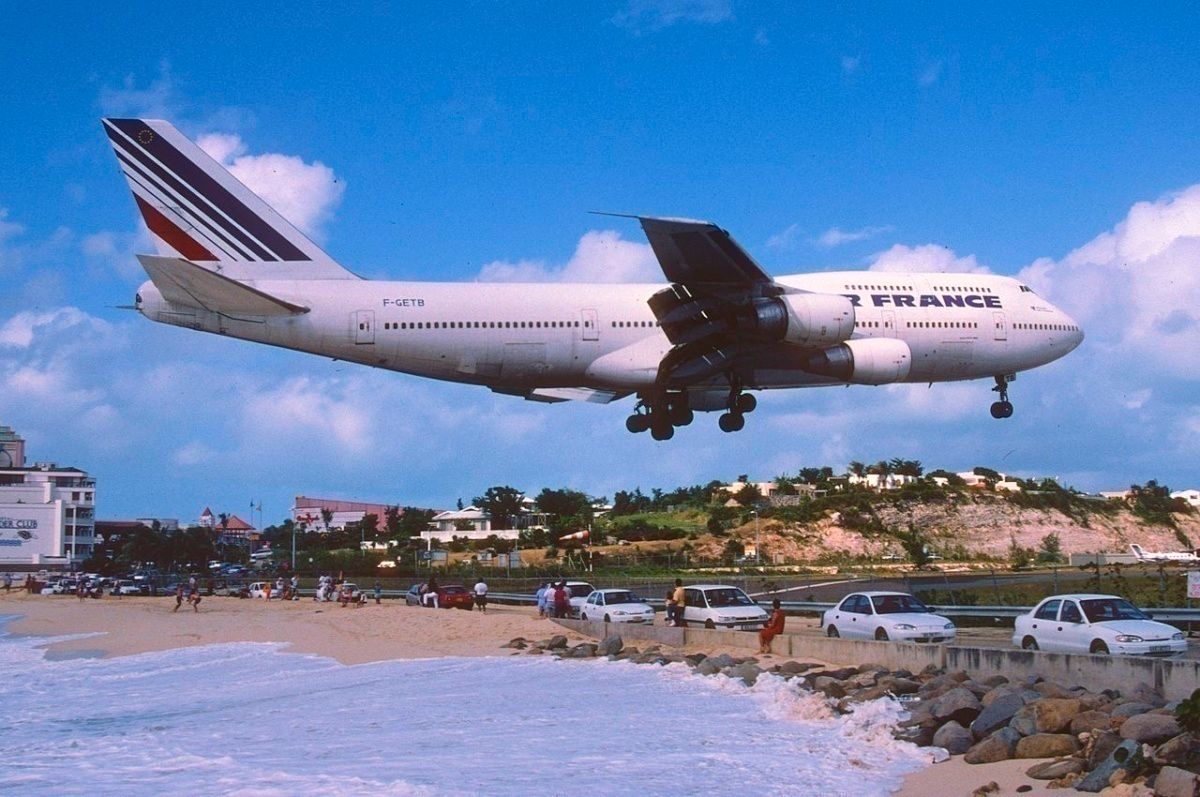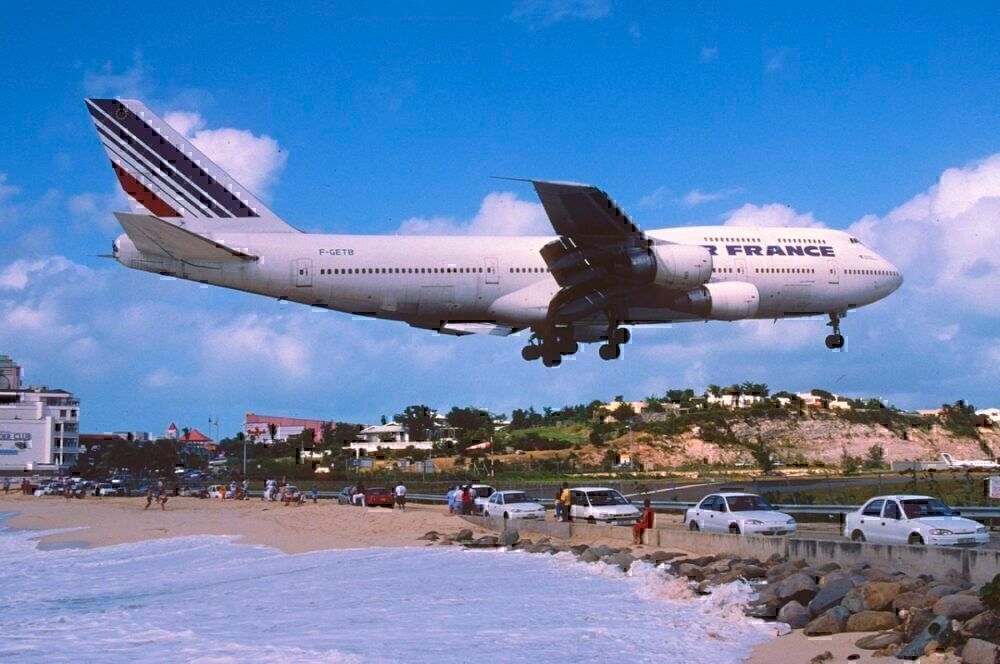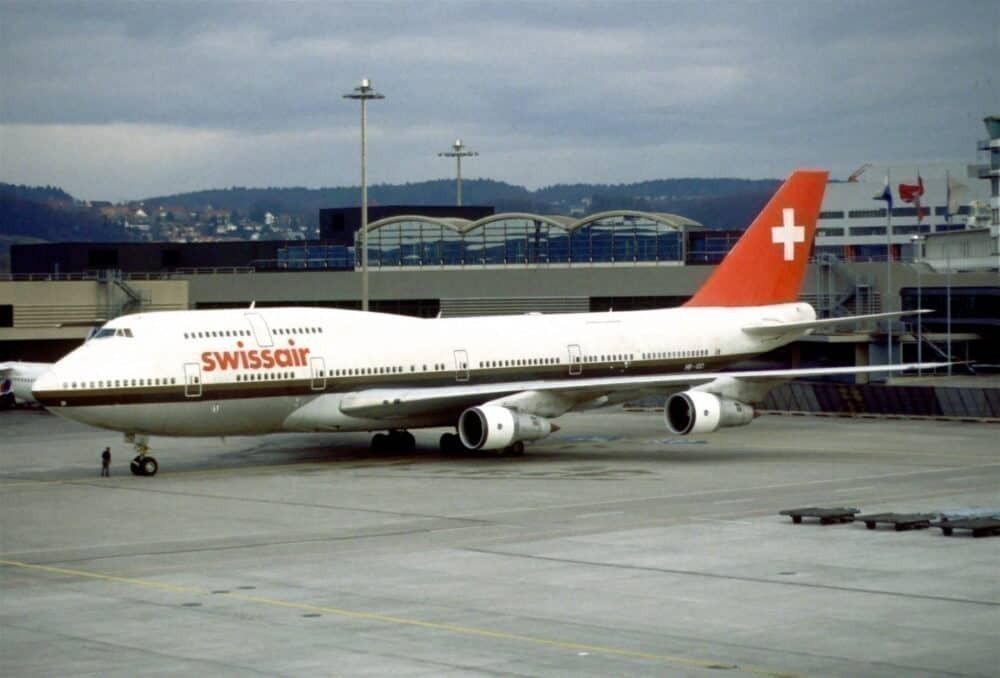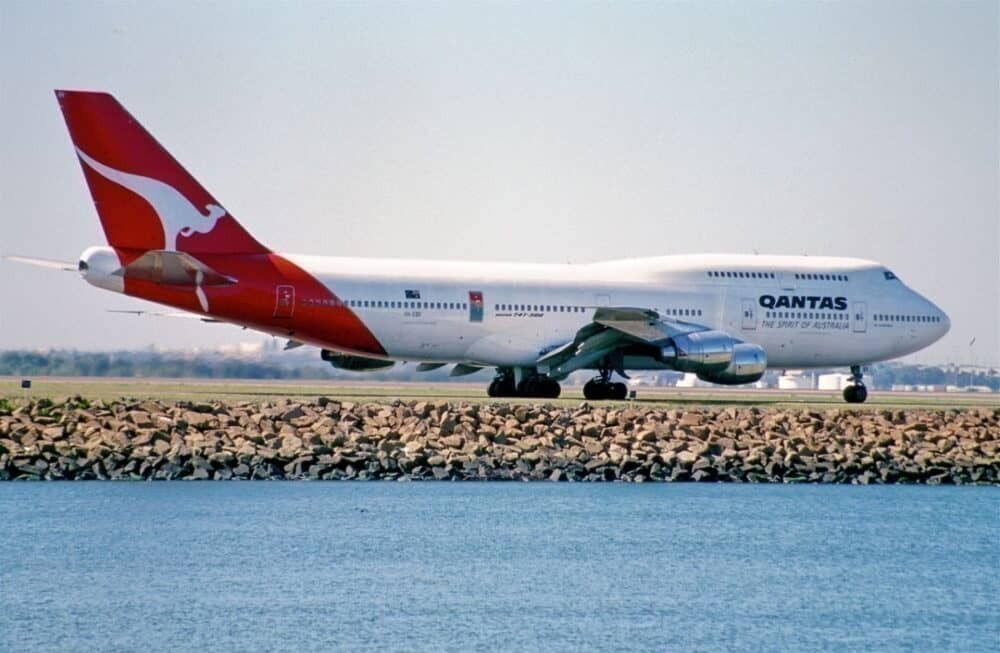The Boeing 747-100 revolutionized air travel for the masses when it first landed in 1970, the 747-200 series doubled the orders of the first, and the 747-400 was the best selling jumbo variant ever. But we have forgotten one aircraft - the poor performing 747-300. Why did the third 747 do so poorly compared to its siblings? Let's explore.
The story before the 747-300
The Boeing 747-100 was a game-changer aircraft for many reasons. For one, it could carry far more passengers than the Boeing 707 and allowed the expansion of an 'economy' class. Ordinary people could now fly to destinations across the Atlantic, and distant lands like Australia suddenly became accessible.
Stay informed: Sign up for our daily aviation news digest.
The 747-100 series sold around 200 aircraft, and airlines loved it so much that when Boeing improved the design in 1971 for the -200 series (with more range and better flexibility with combi versions), airlines snapped up the plane like hotcakes. Boeing would sell 393 747-200 aircraft (including the 747SP released in 1976).
Thus in 1980, Boeing decided to bring to the market the new and improved 747-300. It had been ten years since the 747-100, and with new technological innovations, there would likely be a significant market for the type. It had a more extended upper deck, a straight staircase (not spiral) fitting in more seats, and even an improved cruise speed (0.01 Mach faster than earlier versions).
Despite all these improvements, high sales would not be on the cards.
What happened when Boeing released the 747-300?
Boeing announced the Boeing 747-300 in 1980, and it would cease being on sale five years later in 1985. During that time, the aircraft amassed roughly 81 orders.
- 56 passenger 747-300s
- 21 combi passenger freight versions 747-300Ms
- Four Japanese-only short-range high capacity 747-300SRs
No airlines ordered exclusive cargo aircraft or long-range SP versions. The first aircraft landed with Swissair in 1983 and the last to Sabena in 1990.
Why was the 747-300 not a great seller?
There are several reasons why the 747-300 didn't sell as well as the other versions.
First and foremost, the aircraft was expensive compared to earlier versions of the 747. Combined with the oil crisis that happened just a few years before, this put airlines in a precarious financial position and not in a position to order a new aircraft.
From the airline's point of view, there was a new version of the 747 that didn't have many improvements (0.01 Mach faster and a straight staircase) for a cost that was hardly justifiable in the current economy.
Plus, don't forget the market currently had 600 existing Boeing 747s. Not only was there a robust second-hand market of 747-100s flying around, but nearly all the airlines that wanted a 747 had bought one in the last ten years—and replacing an aircraft that was, on average, five years old solely for a slight upgrade - unthinkable.
Speaking of the market, in that same ten years, Airbus had come to the table with the Airbus A300, among others. New aircraft from new airframe builders put Boeing's competitive advantage on notice and split possible orders.
Lastly, a significant primary reason may have been because Boeing pulled sales of the type so quickly and replaced it with an upgraded 747-400. In 1985, airlines could order a better version of the 747-300, and some who had the type on order could even upgrade. The 747-300 had no chance.
What do you think? Did you ever fly on the 747-300? Let us know in the comments.




